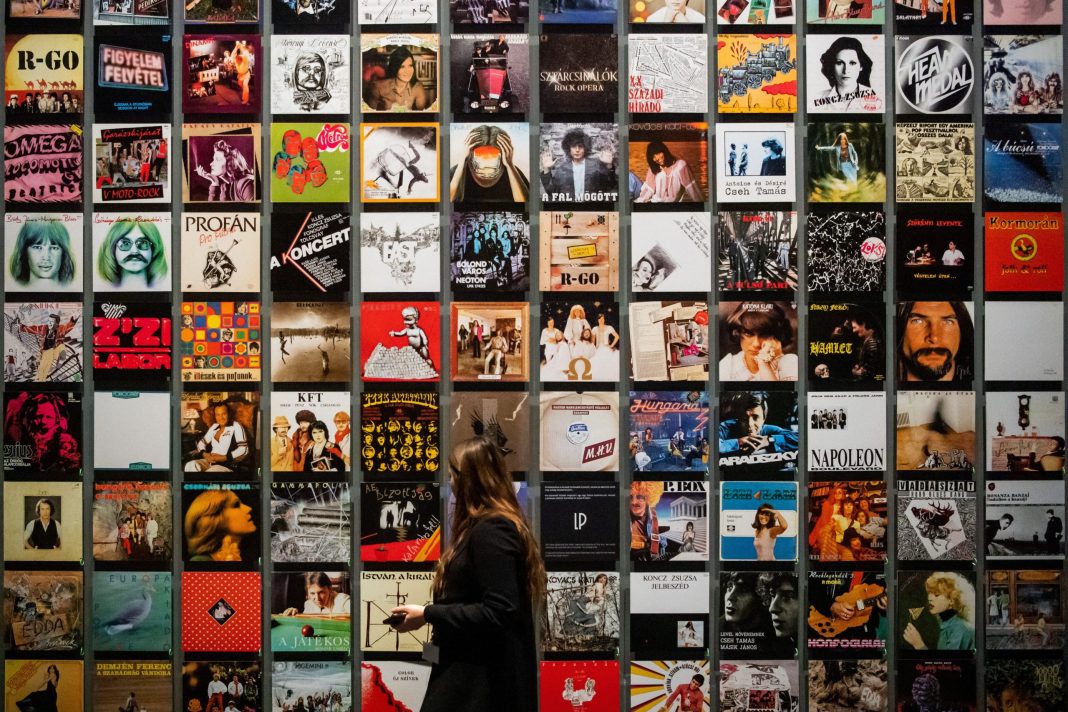Over the past decade, pop music has undergone significant transformations, shaped by technological advancements, shifts in consumer behavior, and evolving artistic expression. This analysis delves into the key trends that have redefined the pop music landscape from the early 2010s to the present.
The Rise of Streaming Services
The last decade has seen a monumental shift in how audiences consume music, primarily through streaming services like Spotify and Apple Music. These platforms have not only changed music consumption habits but also influenced the type of music that gains popularity. Streaming has led to a preference for shorter songs with catchy hooks, often designed to grab attention quickly to ensure they are streamed repeatedly.
Influence of Social Media on Music
Social media platforms, especially TikTok, have revolutionized the music industry by influencing music trends and making stars overnight. Songs that gain traction on TikTok often see a significant boost in streams and sales, demonstrating the platform’s powerful role in shaping musical tastes and trends. This has given rise to a new generation of artists who leverage these platforms to gain widespread recognition quickly.
Genre Blending
The boundaries between genres have become increasingly blurred. Artists are now more likely to experiment with multiple genres within a single track, leading to a rich, hybrid music style that appeals to a diverse audience. This trend towards genre blending reflects a broader cultural shift towards inclusivity and diversity in musical expression.
The Return of Vinyl
Contrary to the rise of digital music, there has been a resurgence in the popularity of vinyl records. This trend highlights a nostalgia for physical media and the desire for a tangible connection to music, which streaming services cannot provide. Vinyl sales have seen a remarkable revival, appealing to both older audiences who grew up with the format and younger listeners discovering it anew.
Advancements in Music Technology
Technological innovations have profoundly impacted music production and consumption. The integration of AI in music creation has sparked debates about creativity and the role of technology in the arts. AI tools assist artists in various phases of music production, from composition to mixing and mastering, enhancing the creative process rather than replacing it. Additionally, live performances have evolved with augmented and virtual reality, providing immersive experiences that redefine concert attendance.
Personalization in Music
Streaming services have also personalized music consumption, creating playlists tailored to individual tastes, moods, and activities. This personalization extends beyond mere musical preference, offering a customized listening experience that seems to understand the listener intimately.
Conclusion
The last decade in pop music has been characterized by rapid technological advancements, the significant impact of social media, and a blending of musical genres. These trends not only reflect changes in how music is produced and consumed but also indicate a broader cultural shift towards more personalized and technologically integrated music experiences. As we look to the future, these trends are expected to continue shaping the evolution of pop music, making it an exciting time for both creators and consumers.

